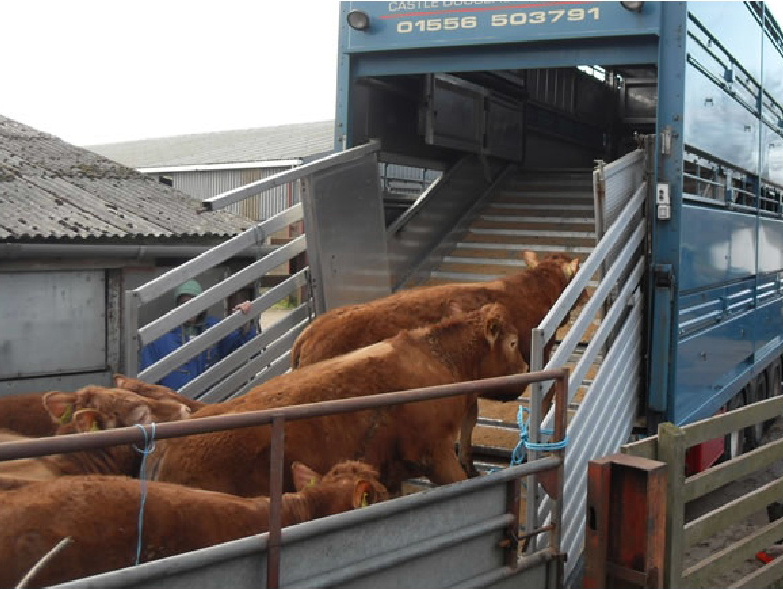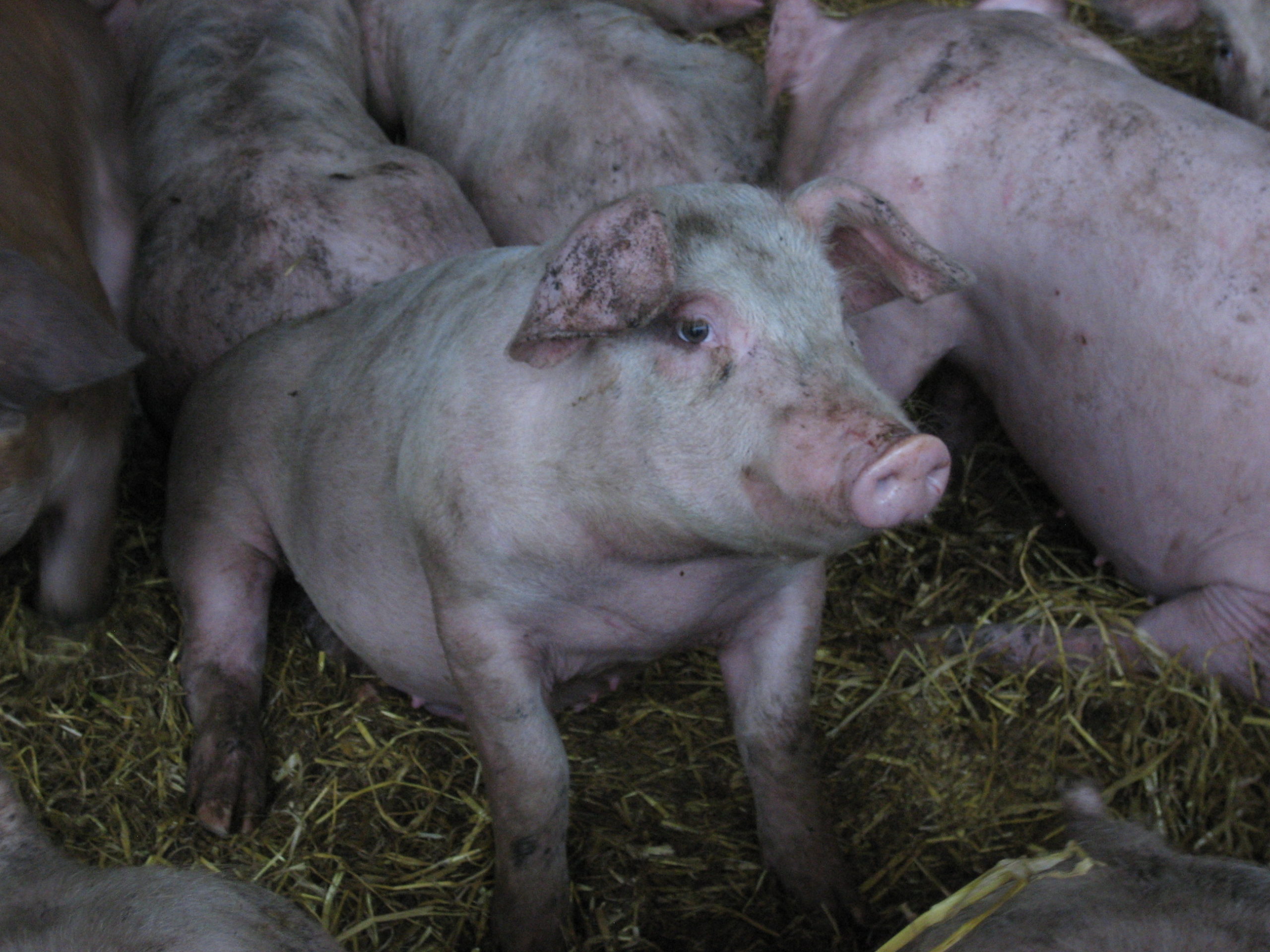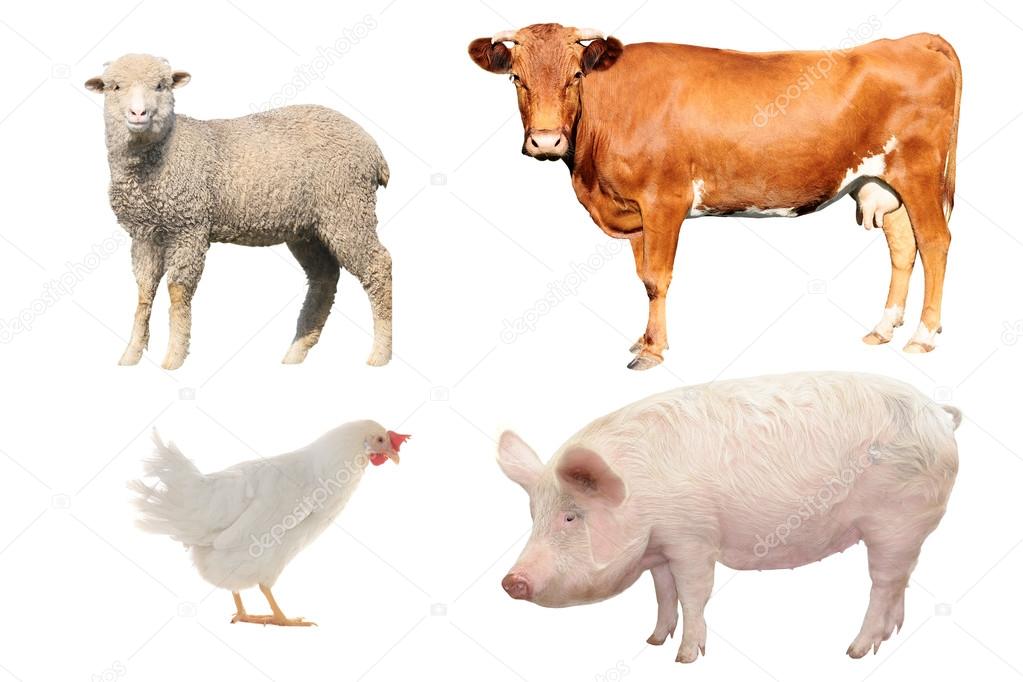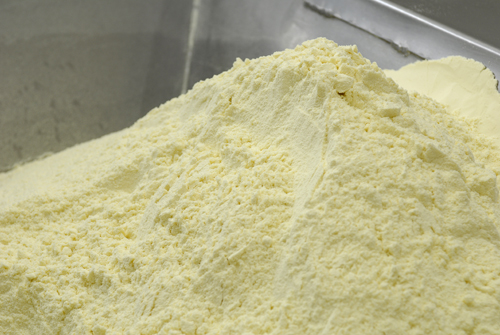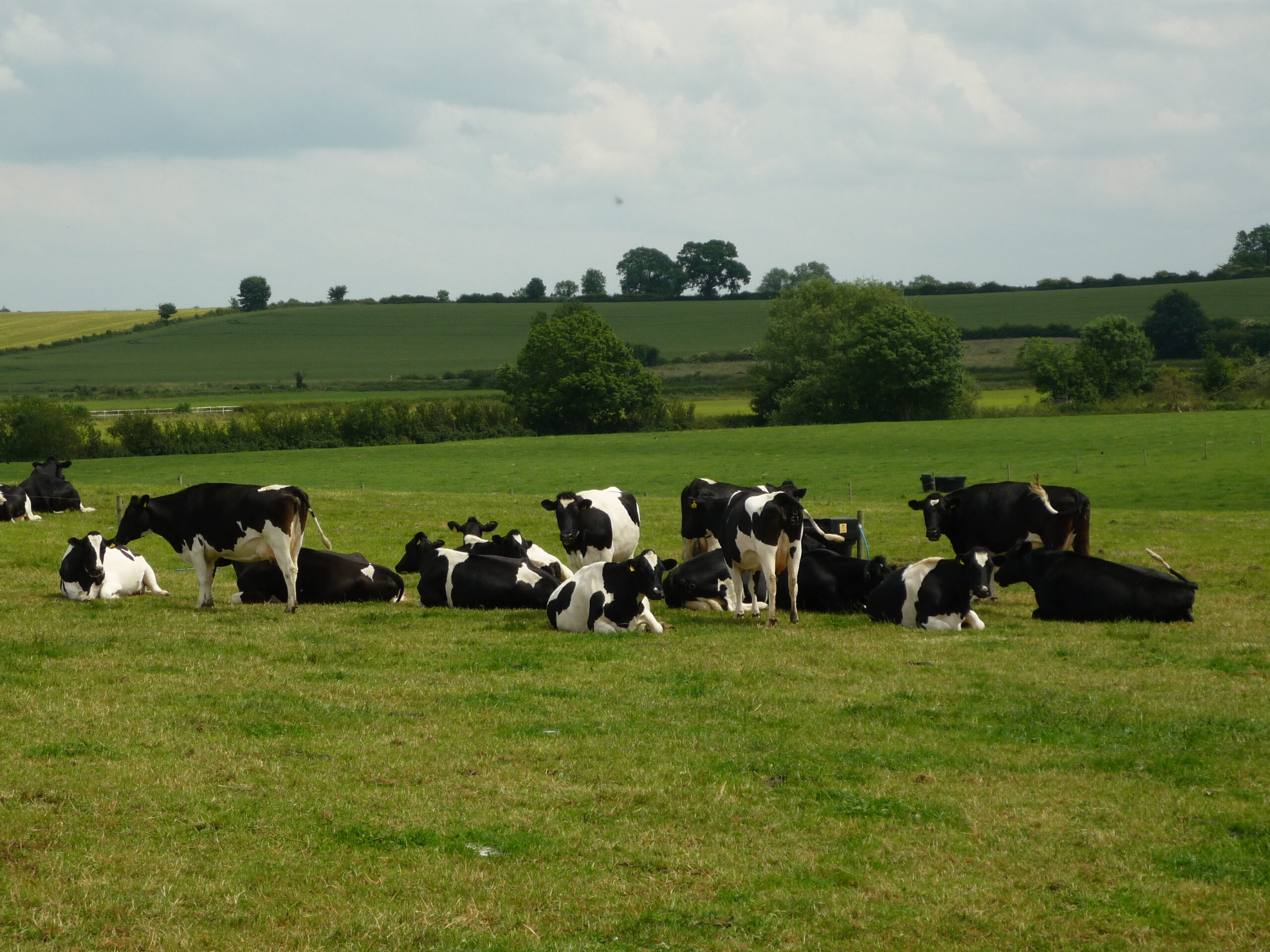Finished pig prices have started to make a welcome rise. After declining monthly since the middle of 2020, prices started to increase in March. For the week ending the 10th April the EU-spec APP averaged 146.49p per kg up 0.87p on the week. Although still about 20p per kg less than the same week last year, it is now tracking about 2p per kg higher than the five-year average. Plentiful supplies and lower prices on the continent have been weighing on domestic prices. But although EU production is expected to increase in 2021, it is only forecast to rise by 0.7% compared to 1.2% in 2020, according to the European Commission’s short term outlook. The Commission is expecting production in the first half of 2021 to be good, but lower sow numbers should see production lessen in the second half of the year. Exports from the EU are forecast to decline by 2%, but will still be at ‘very high levels’. Because of ASF in China, exports have been significant over the last two years. The sector is now recovering in China, but outbreaks continue to hamper its recovery. Other Asian regions are taking longer to rebuild their herds.
Cattle prices continue to soar. The deadweight cattle price has passed the £4 per kg price for the first time. Finished cattle prices have risen strongly again since March and the GB all prime average deadweight price for the w/e 17th April was 403.7p per kg. This is nearly 80p per kg more than the same week in 2020. R4L prices are comfortably over the £4 barrier at 413.8p and 414.6p per kg for steers and heifers respectively, demonstrating the importance of marketing cattle at the correct time and hitting spec. Cull cow prices also saw a good week-on-week rise with overall GB prices up by 2.5p to 276.4p per kg with those meeting -O4L spec increasing by 5.3p to 295.6p per kg. Slaughter numbers for clean and cull cattle were up on the week but comparisons are difficult due to bank holidays.
The lamb trade has been exceeding all expectations. Whilst the liveweight old season lamb (OSL) trade has seen a decline for the latest week, this is normal for the time of the year. The GB OSL SQQ decreased by 10p per kg to 302.3p per kg in the week ending 21st April, but prices remain some 90p per kg above the same week last year. In contrast, deadweight prices actually rose. For the week ending 17th April the GB OSL SQQ increased by 33.5p to 679.5p per kg; 200p more than the same week last year.
Monthly livestock price information can be found in Key Farm Facts.
